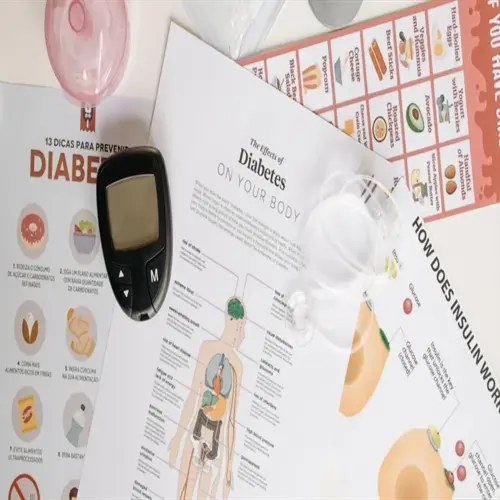Why does hydration affect body composition results?

Written by
Robert Kelly
Reviewed by
Prof. Benjamin Murphy, Ph.D.Hydration levels greatly influence body composition readings because water conducts electricity differently than fat or muscle. Bioelectrical impedance analysis (BIA) devices send safe currents through the body to estimate tissue types. Dehydration increases electrical resistance because water conducts these currents well, resulting in inaccurate elevations in fat percentage readings. Overhydration reduces electrical resistance, masking muscle mass.
Dehydration Distortions
- Resistance increase: Fat readings inflated by 3-8%
- Muscle masking: Lean mass appears lower than actual
- Impaired cellular function: Affects metabolic rate calculations
Overhydration Issues
- Conductivity surge: Muscle mass overestimated
- Visceral fat concealment: Dangerous fat deposits missed
- Edema complications: Swelling distorts limb measurements
Electrical currents take the path of least resistance through the body's water. The intracellular water does this because the flow of signals through it is efficient. In contrast, the water outside the cell tends to develop fluctuations in pathways. I have found that patients tested following a salt meal give approximately 5% greater readings in the water readings, thereby misleading the muscle readings. The most conclusive tests give results by testing in the morning when fasting.
Standardized protocols lessen distortion due to hydration. Fast for three hours before testing. Avoid sweating due to exercise or sauna. Be sure to empty your bladder. Consistent conditions minimize errors due to BIA within ±3%. Hydration is less important in BIA because standard X-rays directly measure tissue density, whereas DEXA scans do not.
Monitor body composition and stay hydrated. Body water should be 50 to 65% of body weight each day. Weigh yourself before and after workouts to gauge your fluid loss. Urine should be a pale yellow color. These practices will ensure that your readings accurately reflect true changes rather than temporary fluctuations in water levels.
Read the full article: Understanding Body Composition Analysis: A Full Guide

